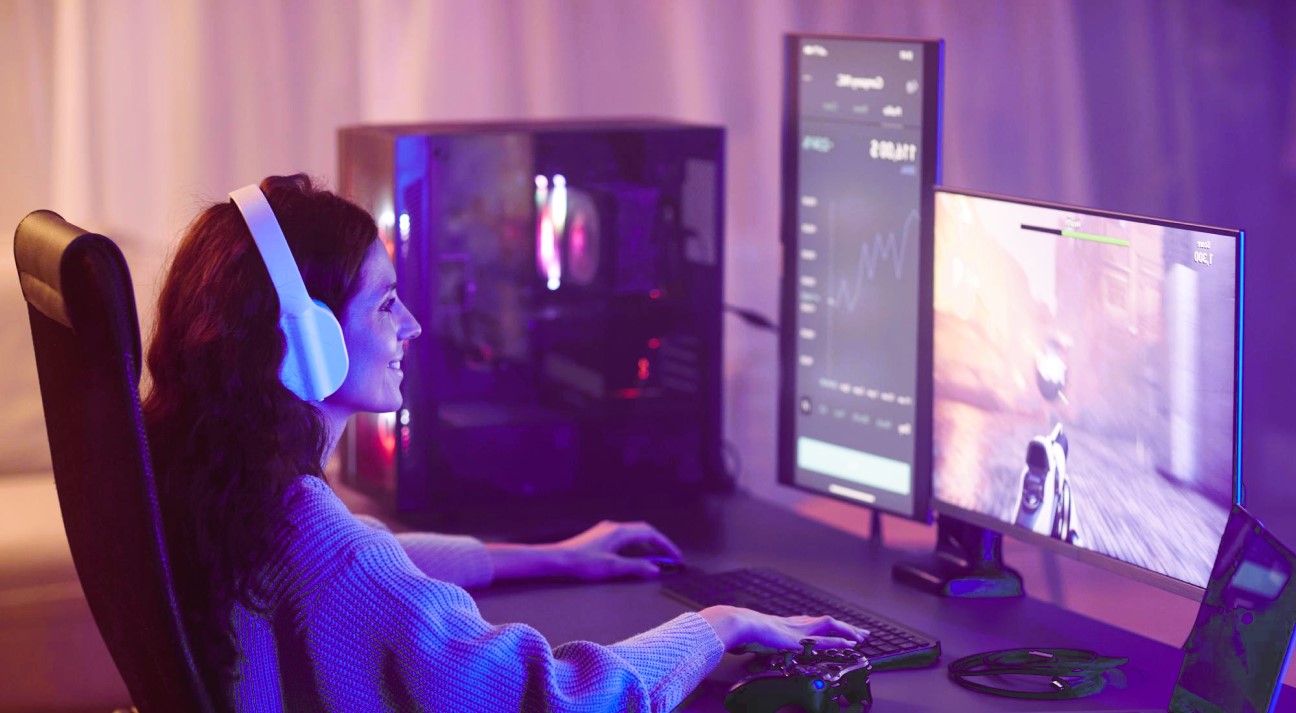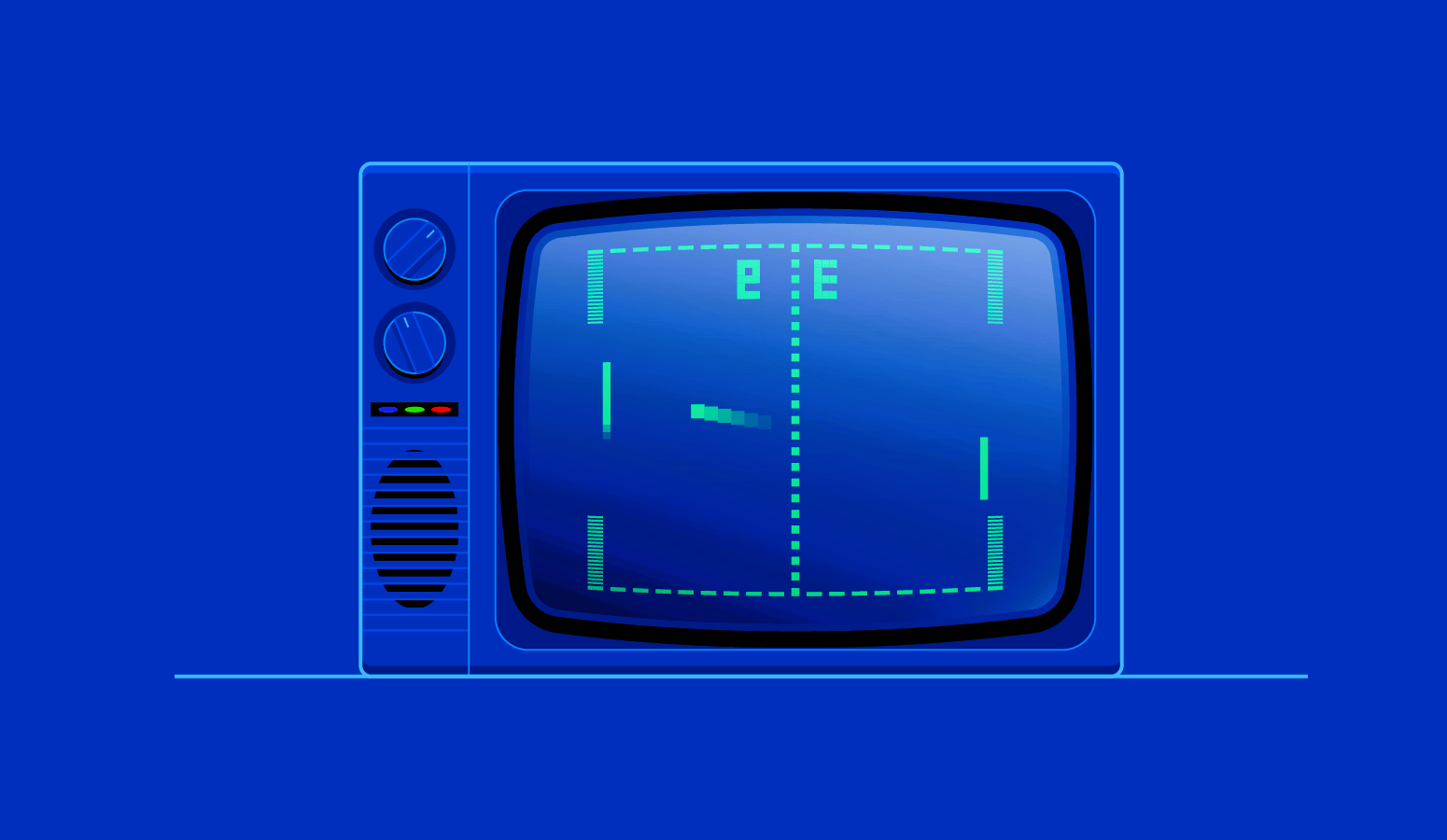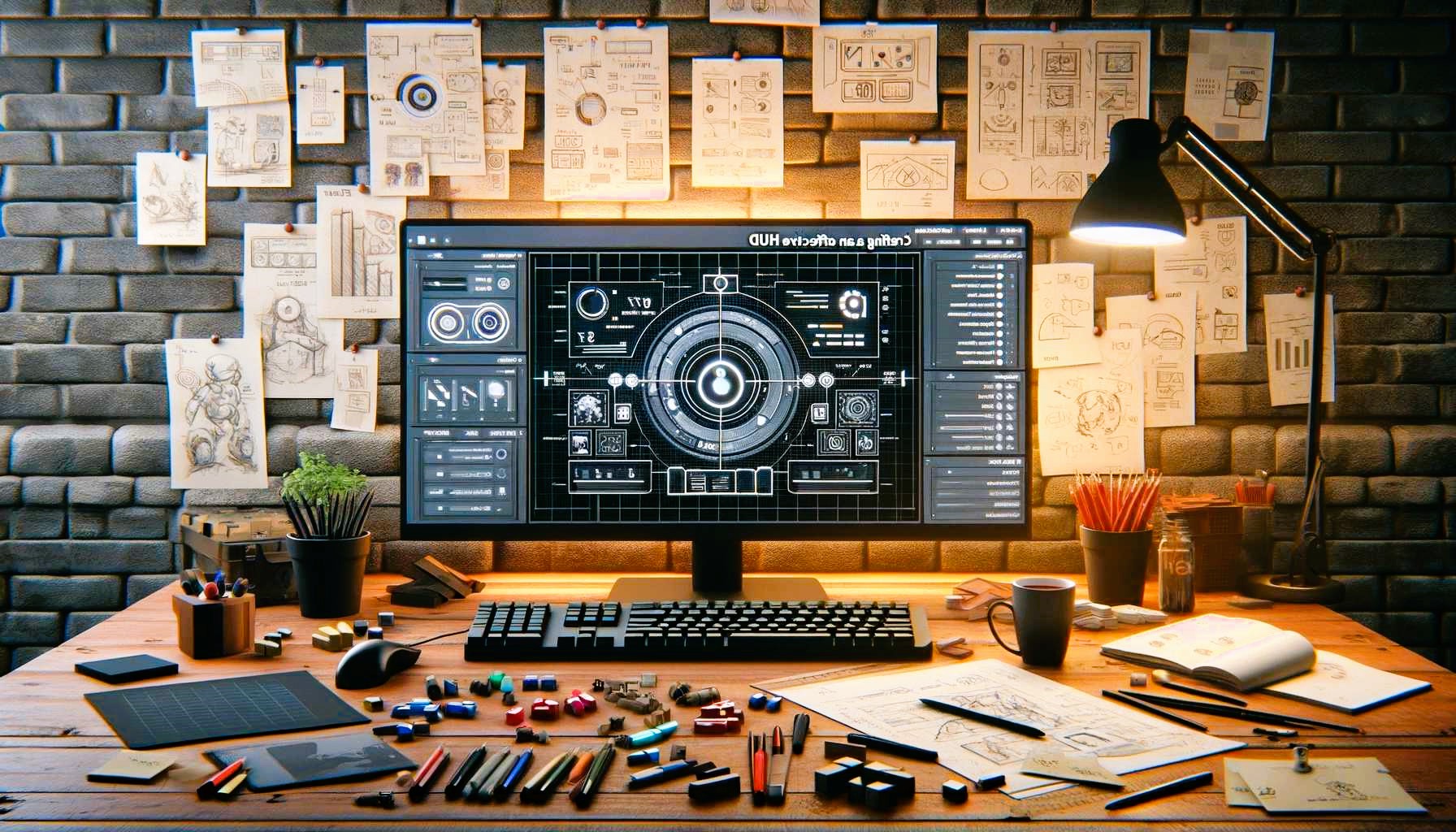The world of video game design is ever-evolving, and one of the most important aspects of this evolution is the game interface (UI). In recent years, UIs have become more intuitive, immersive, and visually appealing, enhancing the player’s experience and interaction with the game world. As technology continues to progress, the future of gaming UIs holds exciting opportunities for innovation. In this article, we’ll explore the key trends that will shape the future of game UIs, what players can expect, and how developers can stay ahead of the curve.
1. Immersive UI with Augmented Reality (AR) and Virtual Reality (VR)
One of the most significant advancements in gaming UI is the integration of Augmented Reality (AR) and Virtual Reality (VR). These technologies are expected to become even more prevalent, transforming the way players interact with the game world.
AR and VR Interfaces
- In-Game HUDs: Traditional HUDs (Heads-Up Displays) are likely to evolve as VR and AR become more integrated. Rather than static, screen-based UIs, players will experience HUD elements projected into their real-world environment or in their virtual world.
- Immersive Menus: In VR, players can expect more interactive, 3D menu systems that they can manipulate with hand gestures, rather than traditional flat, two-dimensional menus. Imagine walking through a virtual space to select your inventory, weapons, or quests.
- Real-World Interaction: In AR games, UI elements will be overlaid onto the real world, allowing players to interact with both digital and physical elements simultaneously. This will require highly responsive and intuitive UIs, creating seamless integration between the real and virtual environments.
The shift towards immersive UIs in AR and VR will allow for a more natural, engaging, and intuitive gaming experience.
2. AI-Driven Dynamic UIs

Artificial Intelligence (AI) is no longer just a buzzword in game development—it’s shaping how we experience and interact with games. AI-driven dynamic UIs are one of the most exciting trends in gaming design.
Personalized UIs
AI will allow for more personalized user interfaces, adapting the display based on a player’s style, preferences, and behavior. For instance, in a role-playing game (RPG), the game could adjust the layout of your inventory or the complexity of the HUD depending on how experienced you are or what your current task is.
- Adaptive Interfaces: The UI could change in real-time based on the player’s actions. If a player is struggling with combat, the UI might display more helpful tips or highlight important information. Conversely, if the player is doing well, the UI might reduce clutter and only display essential elements.
- Smart Tutorials: AI-driven tutorials could adjust to the player’s learning speed, ensuring that new players receive guidance at an appropriate pace, while experienced players are left undisturbed.
This level of personalization helps make games more accessible and enjoyable for a wide range of players, whether they’re beginners or seasoned veterans.
3. Minimalistic UI Design
The trend towards minimalism in design has permeated many industries, and gaming is no exception. Over the past few years, we’ve seen a shift away from cluttered, over-complicated UIs towards simpler, more streamlined designs. This trend is expected to continue, with UIs becoming more focused on delivering the essentials while keeping the screen uncluttered. For more information on developing touch-friendly game interfaces, check out our mobile game development tips.
Clean and Discreet UI Elements
- Invisible UIs: A growing trend is the concept of “invisible” UIs, where interface elements like health bars, maps, and inventories are hidden until needed. This allows the player to immerse themselves in the game world without distractions. For example, a player might only see the health bar when it’s low, or the map might appear only when the player opens it.
- Contextual Menus: Instead of a static menu that always occupies a section of the screen, the UI might become more contextual, appearing only when it’s relevant to the current situation. This keeps the player immersed in the game world without being overwhelmed by too much information.
Minimalistic UI design can enhance the gaming experience by keeping distractions to a minimum and maintaining focus on the game itself.
4. Voice and Gesture Control UIs
The way we interact with technology is constantly evolving, and voice and gesture control are among the most exciting developments in gaming UI. With the increasing popularity of voice assistants and motion-detection technology, it’s only a matter of time before these features are fully integrated into game UIs.
Voice-Activated Commands
Games may allow players to interact with the UI using voice commands, providing a hands-free experience. For example, players could say “open inventory,” “equip sword,” or “pause game” without ever touching a button. This hands-free approach is particularly appealing for VR and AR games, where physical controls may not always be optimal.
Gesture Recognition
With the rise of motion-sensing controllers and advanced camera technologies, gesture-based control will become an integral part of game UI design. Players might be able to swipe, point, or wave to interact with their inventory, map, or menus. This provides a more natural and immersive way to control the game.
The combination of voice and gesture control will make the UI experience more intuitive and immersive, allowing players to interact with the game world in ways that were previously unimaginable.
5. Cross-Platform UI Integration

As gaming becomes increasingly cross-platform, one of the biggest challenges will be ensuring a consistent and seamless user interface across multiple devices. Players now have the option to switch between consoles, PC, and mobile devices, and the UI should adapt to each platform accordingly.
Consistent User Experience Across Devices
Game developers will need to design UIs that are flexible enough to work across different screen sizes and input methods. For example, a mobile UI might be more compact, with buttons that are easy to tap on smaller screens, while the console UI could feature larger, more detailed elements. The challenge is to ensure that players have the same intuitive experience, regardless of the platform they are playing on.
- Cloud Integration: Cloud gaming will also contribute to this trend, allowing players to seamlessly transition between devices without losing their progress or interface preferences.
Cross-platform integration of UIs will become a standard feature, ensuring that players can enjoy a cohesive experience no matter how or where they play.
The future of gaming UIs is incredibly exciting, with advancements in AR, VR, AI, and cross-platform integration opening up new possibilities for developers and players alike. As the gaming industry continues to evolve, UI design will play a pivotal role in shaping the overall experience.
From immersive AR and VR interfaces to AI-driven personalization and gesture control, game UIs will become more intuitive, dynamic, and responsive to player needs. Developers who stay ahead of these trends will be able to create more engaging and enjoyable gaming experiences that keep players coming back for more.
For more information on the evolution of user interface design, visit Wikipedia’s page on User Interface Design.




